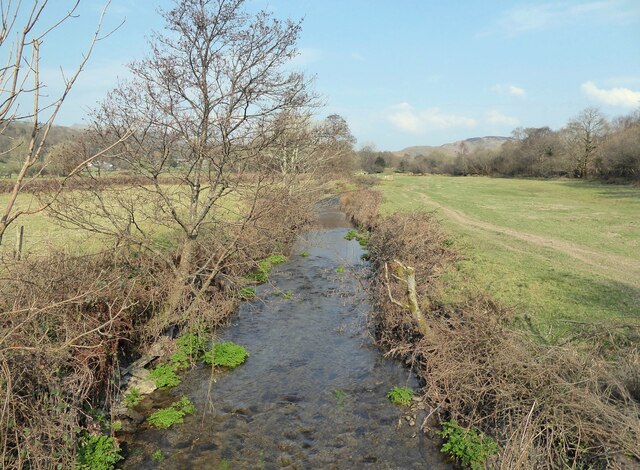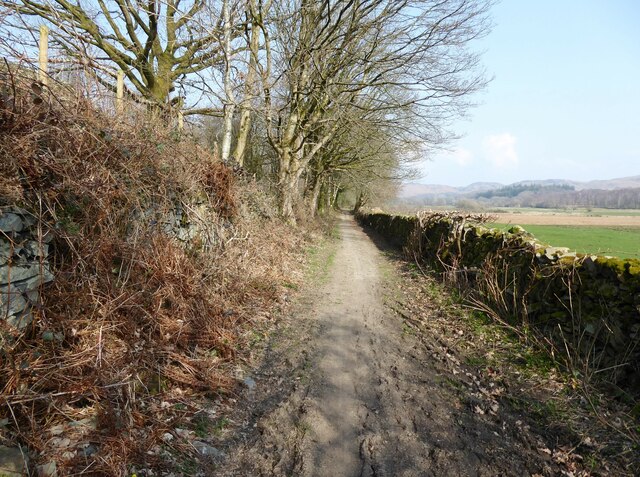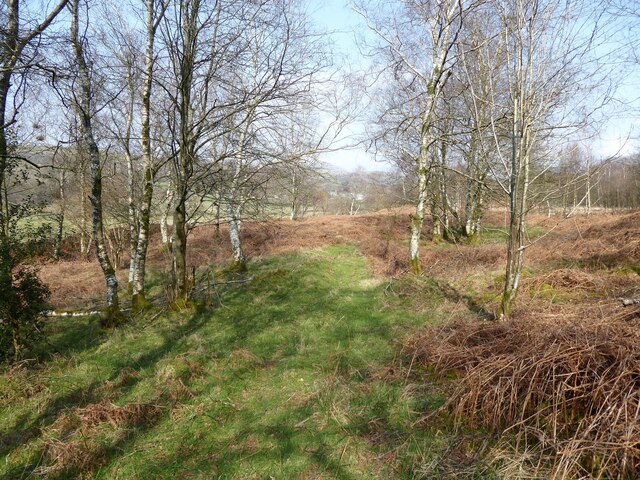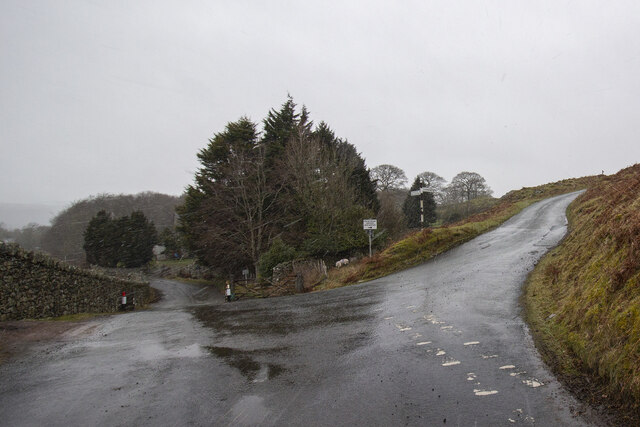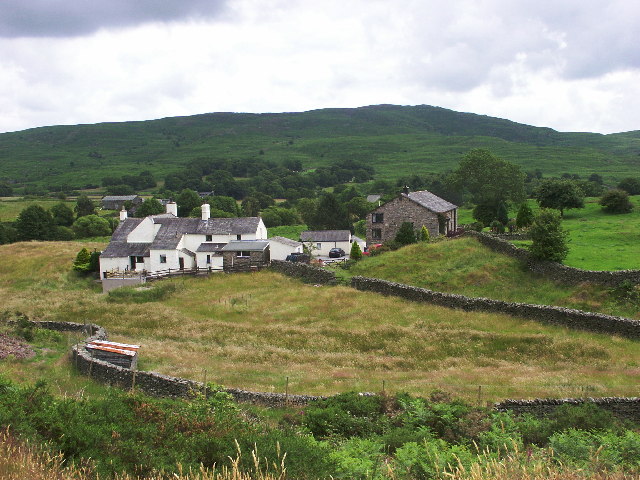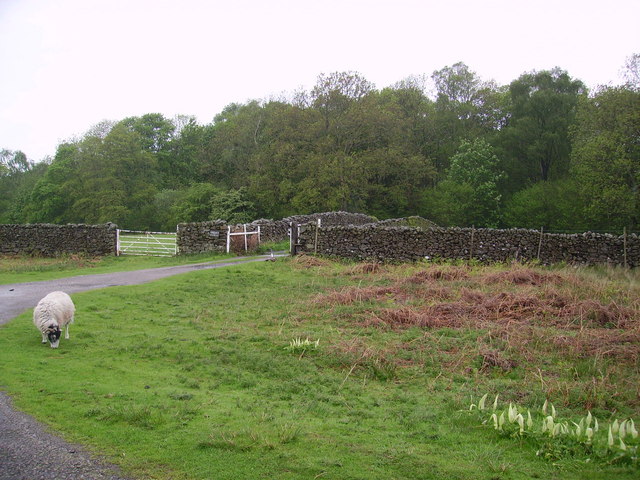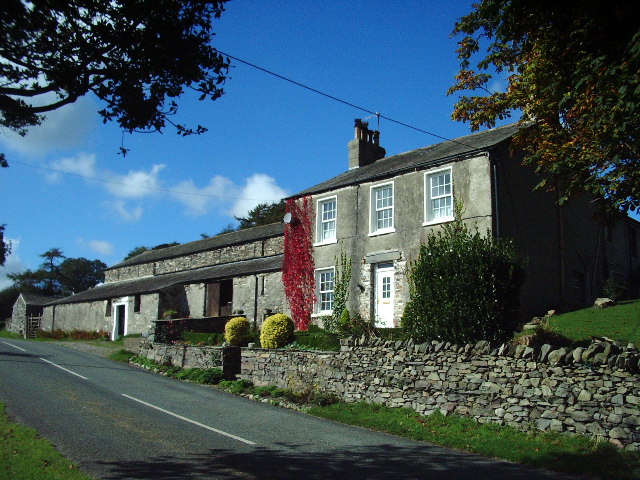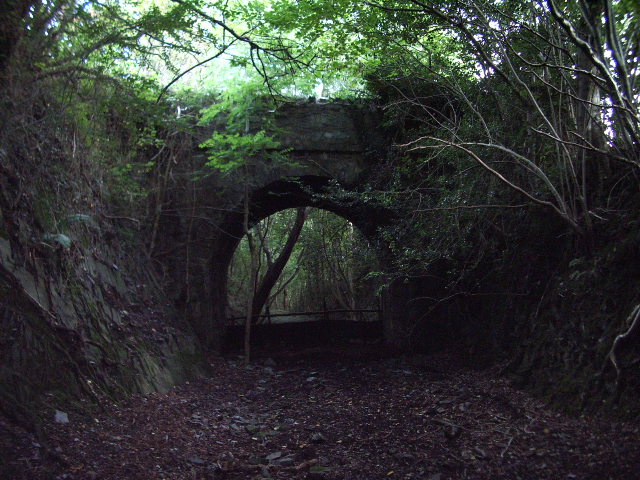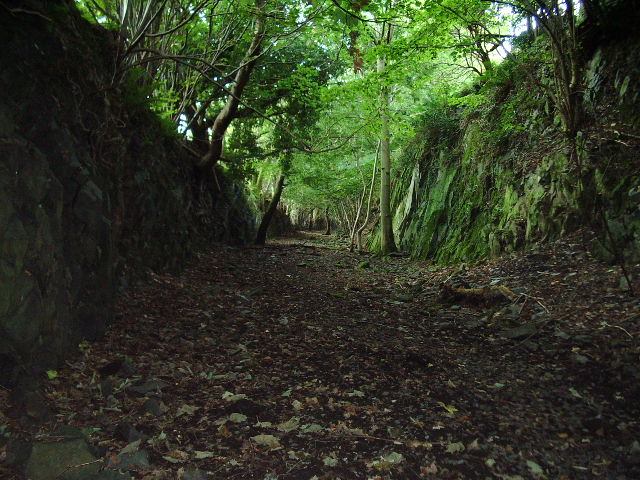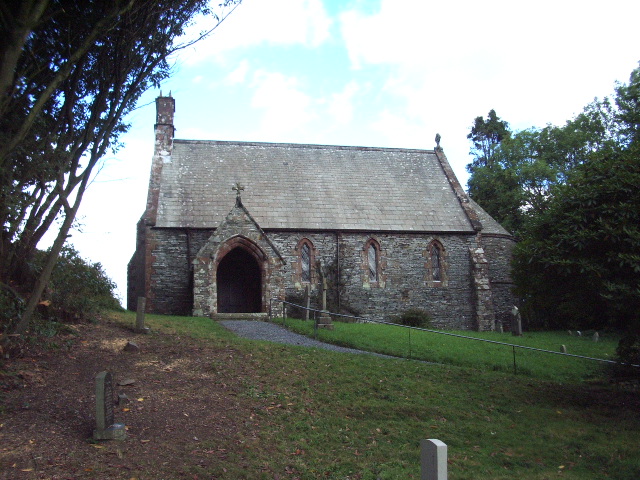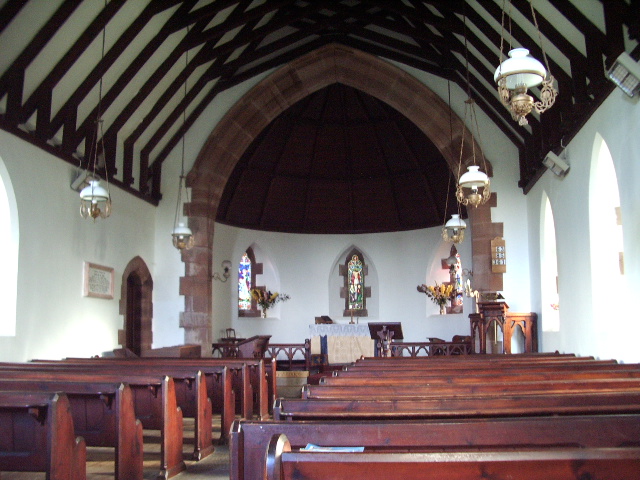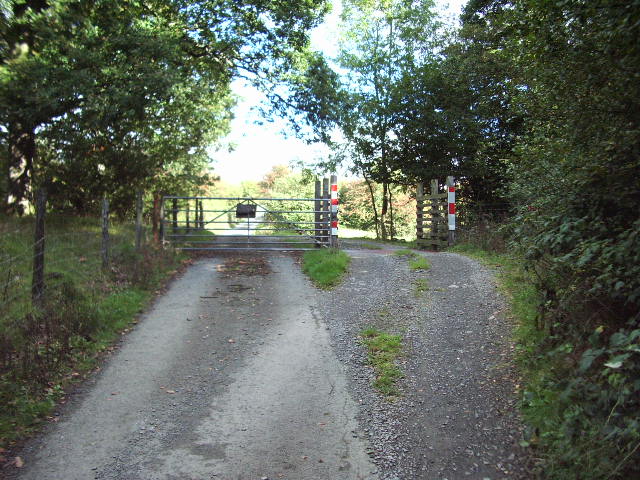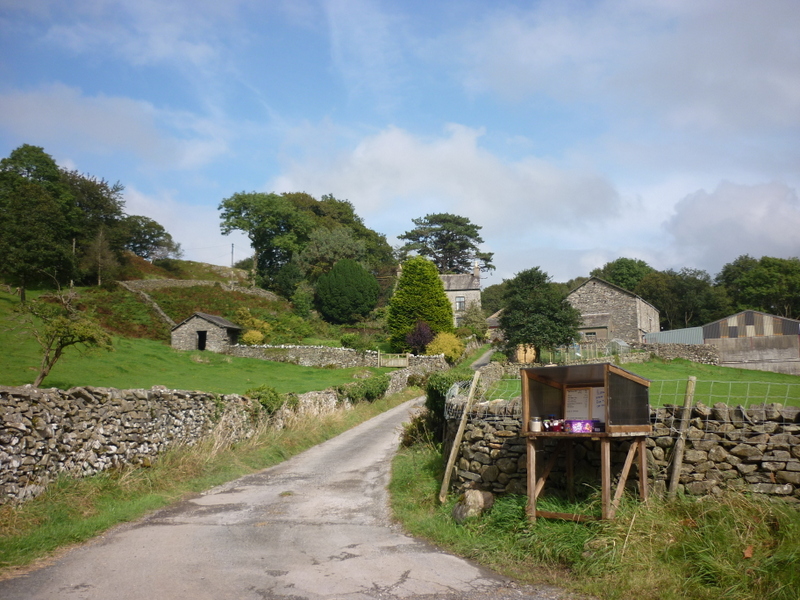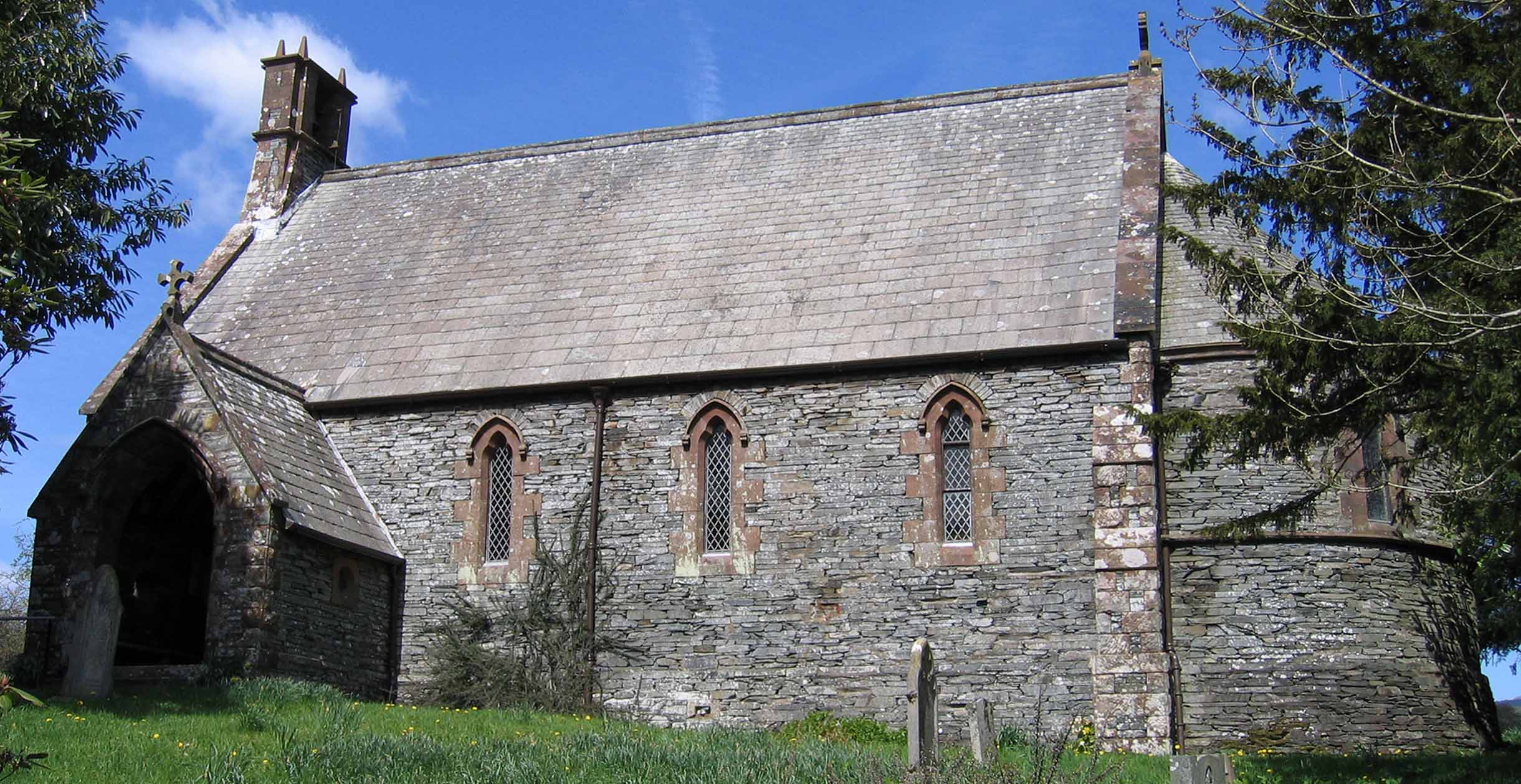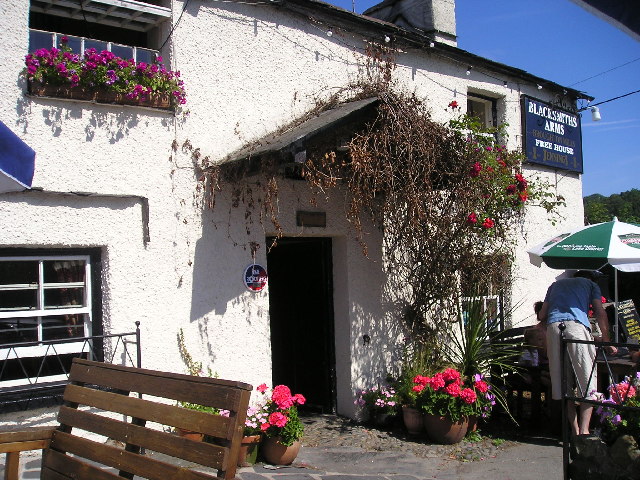Bridge Yeat Wood
Wood, Forest in Lancashire South Lakeland
England
Bridge Yeat Wood
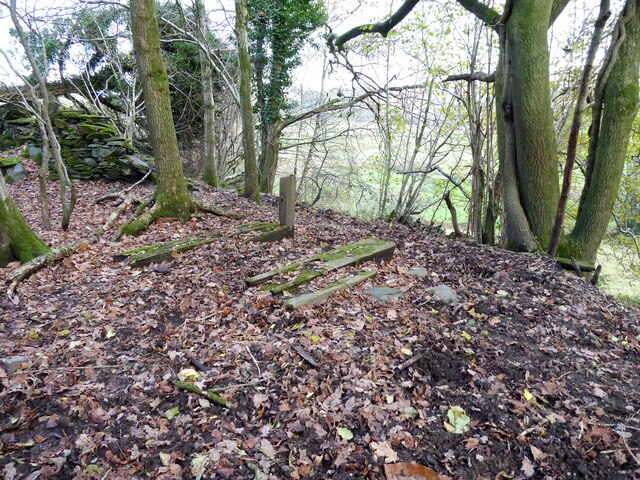
Bridge Yeat Wood is a charming and picturesque woodland located in the county of Lancashire, England. Situated near the village of Bridge Yeat, this tranquil forest covers an area of approximately 50 acres.
The wood is predominantly composed of native broadleaf trees such as oak, ash, birch, and beech, creating a rich and diverse habitat for a variety of wildlife. The dense canopy provides a sheltered environment for numerous bird species, including woodpeckers, nuthatches, and tawny owls. Additionally, small mammals like squirrels and hedgehogs are commonly spotted scurrying among the undergrowth.
A network of well-maintained footpaths weaves its way through the wood, allowing visitors to explore its natural beauty at their own pace. These paths vary in difficulty, catering to both casual walkers and more experienced hikers. Along the way, visitors can enjoy the soothing sounds of trickling streams and the sight of wildflowers that bloom during the spring and summer months.
Bridge Yeat Wood is a popular destination for nature enthusiasts and outdoor lovers, providing a peaceful retreat from the hustle and bustle of everyday life. The wood offers opportunities for activities such as birdwatching, photography, and simply immersing oneself in the tranquility of nature.
Managed by a local conservation organization, the wood is well-preserved and cared for, ensuring its continued beauty and ecological importance for future generations. With its lush vegetation, abundant wildlife, and serene atmosphere, Bridge Yeat Wood is truly a hidden gem in the Lancashire countryside.
If you have any feedback on the listing, please let us know in the comments section below.
Bridge Yeat Wood Images
Images are sourced within 2km of 54.303344/-3.1642506 or Grid Reference SD2490. Thanks to Geograph Open Source API. All images are credited.

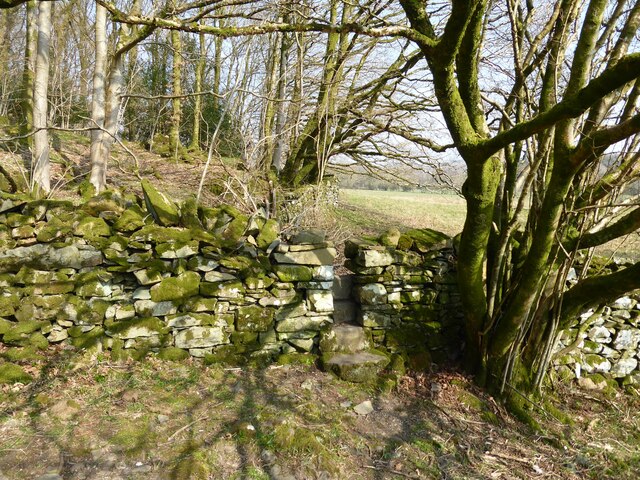
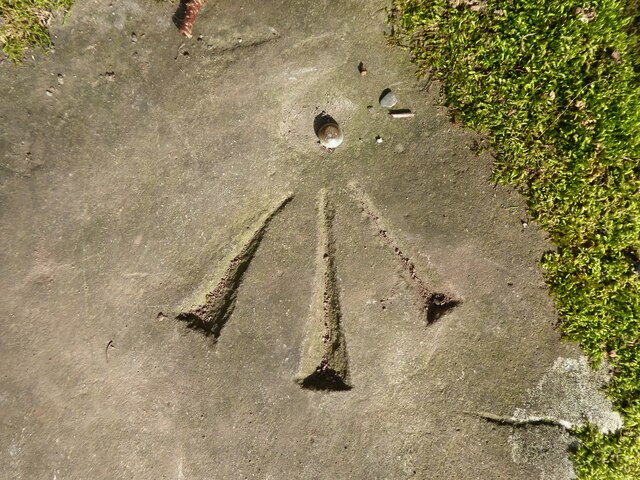
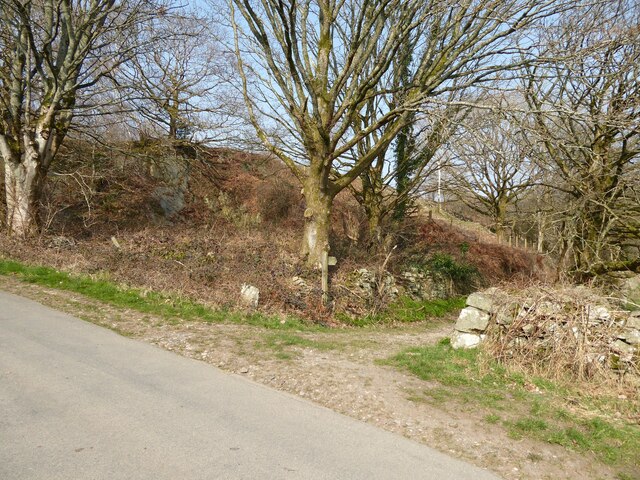
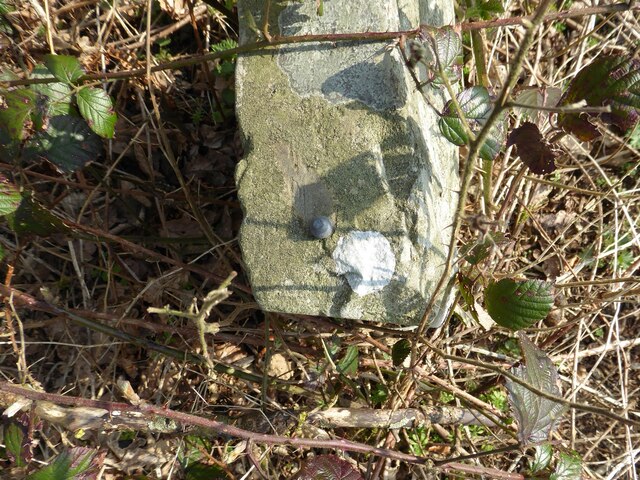
Bridge Yeat Wood is located at Grid Ref: SD2490 (Lat: 54.303344, Lng: -3.1642506)
Administrative County: Cumbria
District: South Lakeland
Police Authority: Cumbria
What 3 Words
///heartened.hung.shipped. Near Millom, Cumbria
Related Wikis
Woodland railway station
Woodland railway station served the hamlet of Woodland, in Lancashire, England (now in Cumbria). It was on the branch line to Coniston. == History == Authorised...
Rosthwaite, Broughton West
Rosthwaite is a settlement in the Broughton West civil parish of Westmorland and Furness, Cumbria England. It is part of the Lake District, 3 miles (4...
Woodland, Cumbria
Woodland is a dispersed hamlet within the civil parish of Kirkby Ireleth in the Furness region of Cumbria, England, and is located in the southern part...
St John the Evangelist's Church, Woodland
St John the Evangelist's Church is in the hamlet of Woodland, about 4 kilometres (2 mi) to the northeast of Broughton-in-Furness, Cumbria, England. It...
Broughton West
Broughton West is a civil parish in the Westmorland and Furness district of Cumbria, England. In the 2001 census the parish had a population of 954, decreasing...
Blacksmiths Arms, Broughton Mills
The Blacksmiths Arms is a Grade II listed public house at Broughton Mills, Cumbria, England.It is on the Campaign for Real Ale's National Inventory of...
Broughton Mills
Broughton Mills is a village in Cumbria, England, located 3.5 kilometres from the larger town of Broughton-in-furness. The village consists of about 40...
Blawith Knott
Blawith Knott is a hill in the south of the English Lake District, near Woodland, Cumbria. It is the subject of a chapter of Wainwright's book The Outlying...
Nearby Amenities
Located within 500m of 54.303344,-3.1642506Have you been to Bridge Yeat Wood?
Leave your review of Bridge Yeat Wood below (or comments, questions and feedback).
